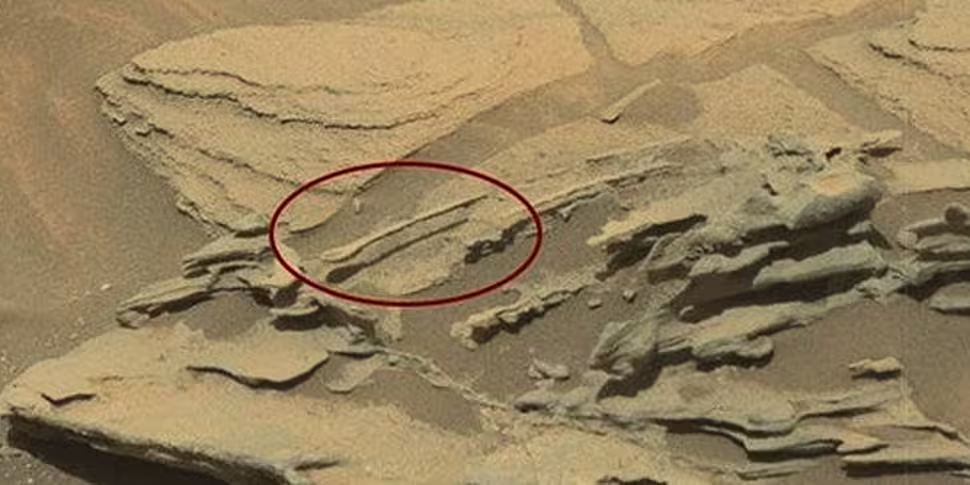In news that has been welcomed by Uri Gellar, presumably, a long spoon-shaped rock that appears to be levitating above the Martian surface has been photographed by NASA's Curiosity Rover.
The image, posted to the Unmanned Spaceflight message board run by the Planetary Society, shows what is most likely a geological feature known as a ventifact, rocks that have been abraded, pitted, etched, grooved, or polished by wind-driven sand or ice crystals.
There is no spoon. This weird Mars feature is likely a ventifact—a rock shaped by wind. Info: http://t.co/pF9UOlj7ct pic.twitter.com/p1CSNGCDuJ
— Curiosity Rover (@MarsCuriosity) September 2, 2015
The Red Planet is a dry, airless wasteland now, but scientists believe is is possible that Mars was once an inhabitable planet like the Earth, and perhaps even capable of supporting life. In fact, earlier on in its mission to roam the surface of the planet, Curiosity uncovered a spot in the Gale Crater that scientists believe once supported microbial lifeforms.
Curiosity, a car-sized vehicle, is surrently on a mission to scale the base of a Mount Sharp, a Martian peak, and will continue to snap and relay images of the planet back to Earth.
The hovering spoon, much like several other geological formations on Mars that have been likened to things back on Earth, has, of course, already become something of a meme online, with the Curiosity Rover parody Twitter account analysing the image to uncover what other mysteries the Red Planet is hiding.
There lots of cool things hidden on Mars if you just look closely! pic.twitter.com/WFKHVwhvQt
— SarcasticRover (@SarcasticRover) September 2, 2015
(H/T: Mashable)









